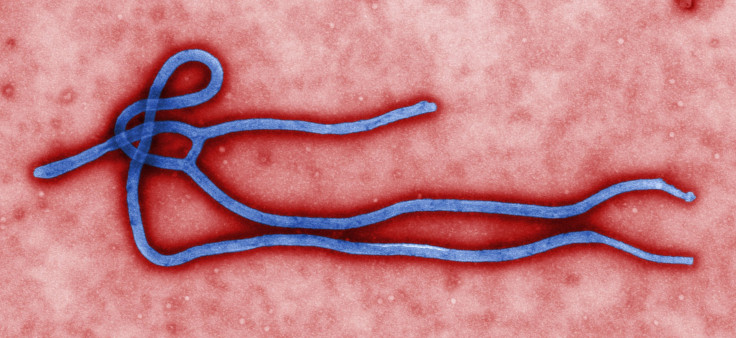How Ebola Kills: What The Deadly Virus Does To The Human Body

Fever, vomiting, a raised rash and weight loss. These are the familiar symptoms of Ebola, a deadly virus currently wreaking havoc across West Africa. But what Ebola does to the human body at a molecular level is far more disturbing.
The virus is a gruesome and meticulous killer – a microscopic Patrick Bateman. It attacks nearly every organ and tissue in the body, sparing bone and skeletal muscle, according to the Oxford Journal of Clinical Infectious Diseases. Once the virus has settled in, it slowly converts the body’s collagen to mush and liquefies the under-layers of skin. Blood clots thicken the bloodstream and cause internal and external hemorrhaging. Death comes after the body becomes drained of blood.
The process starts off slowly. Once patients contract Ebola, the virus begins to mow down their immune system, killing off the body’s T-lymphocyte cells, the same ones affected by the AIDS virus. However, Ebola is far more aggressive than AIDS and begins tearing through several types of immune cells far more quickly. The virus produces several proteins, one of which blocks immune cells from signaling antibodies to attack. Once the patient’s first line of defense against pathogens is dismantled, the virus can begin replicating.
The first symptoms of Ebola are a sudden increase in body temperature, accompanied by strong headaches, joint and muscle pain. Decreased appetite and sore throat are also early indicators of the disease.
One of the first tissues the virus settles in is collagen. Collagen keeps the body’s organs in place, like an organic glue. Ebola eats away at collagen, causing all kinds of problems. The patient’s upper layer of skin ends up floating on a layer of liquefied tissue, resulting in tiny white blisters and red spots on the surface that can tear off with just a small amount of pressure. Rips in the skin can appear and spontaneous bleeding can occur from several orifices, including the eyes, nose and mouth.
At the same time, immune cells called macrophages trigger coagulation, which forms small blood clots throughout the bloodstream, according to a study published in Cell Host & Microbe. Blood vessels all over the body begin to burst and leak, reducing the blood supply to the body’s vital organs. This circulatory failure deprives the organs of oxygen and causes them to shut down. The process is most severe in the liver.
All the while, a patient suffering from Ebola will have severe diarrhea and fits of vomiting, both of which will become increasingly filled with blood. The terminal phase of the infection occurs when the immune system, completely thrown out-of-whack, begins attacking a patient’s own body. Large blood blisters appear on the skin and the patient’s eyes become red. Blood pours from the body. Shock sets in as one organ after another fails.
Ebola's fatality rate is up to 90 percent. The number of Ebola cases during the current outbreak that has ravaged West Africa is expected to reach 9,000 this week.
© Copyright IBTimes 2024. All rights reserved.






















